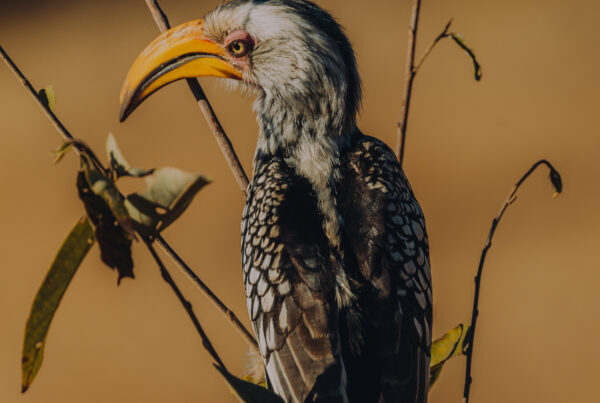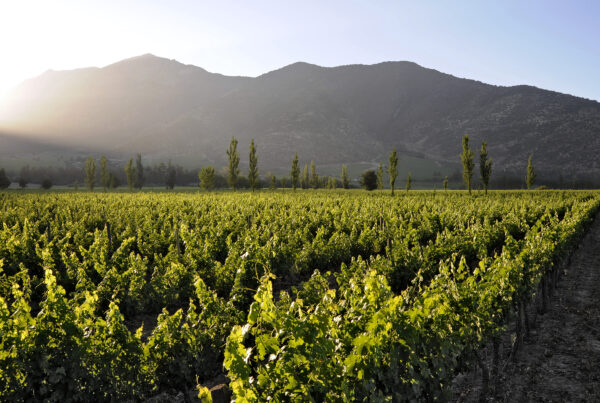What are the moai (giant stone heads) of Easter Island? Who carved them? How did they move such huge statues from the inland quarries to the coast? What was their purpose? And what are the most important moai to visit on a Chile Concept visit to Rapa Nui?
The monolithic statues were created by the island’s Polynesian inhabitants between 1250 and 1500 AD, prior to the first European contact more than 200 years later.
More than 900 of the heads were fashioned from volcanic stone on sight at the Rano Raraku quarry and then transported to various sites across the island, most likely by humans pulling the massive sculptures across a path lined with horizontal tree trunks.
Researchers think they had both religious and political meaning, a means for the Rapa Nui people to commune with the spirits and beseech their ancestors for prosperity, and emblematic of chiefs and priests who mandated their creation.
Given their position at ahu (sacred sites) around the shoreline with their backs facing the ocean, they may have also been giant talismans that helped protect the island.
The modern ring road around the island links many of the most important moai clusters including Ahu Tongariki and its formidable row of 15 moai, the beachside group at Anakena, and the many unfinished statues at Rano Raraku.




